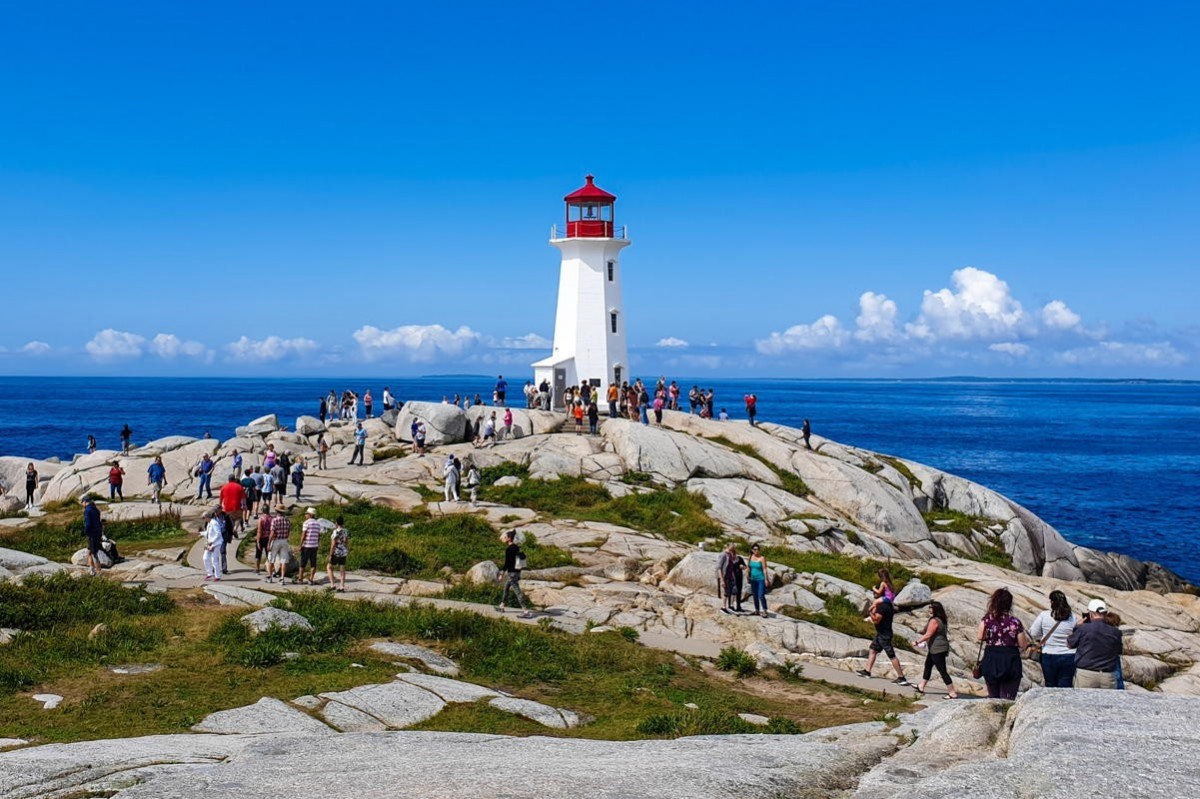
RCIC
Contact us if you need counsel for, Litigation, Immigration, refugee, detention review and admissibility hearing, family law and. more..

Newfoundland and Labrador Immigration Program 2019
Immigration program of Newfoundland and Labrador, which is the youngest province of Canada and located in the easternmost point of this vast country. According to the latest evidence, the two provinces of Newfoundland and Labrador are set to attract more than 1,700 new immigrants this year, three years ahead of schedule. In 2017, the government of these two provinces made a statement that it plans to welcome new immigrants up to 50% by 2022. The figures announced in 2017 were based on the issuance rate of 1,122 permanent residences, which means that they would have to accept 600 immigrants annually to reach their stated goal.
According to the latest words of Mr. Bernard Davis, Minister of Labor, Skills and Higher Education of Newfoundland and Labrador: We initially set 1,700 people for recruitment, which of course was a high number. We expect to far exceed that target by the end of this fiscal year.
The number of applications received in Newfoundland and Labrador doubled between 2018 and 2019. The reason for this increase can be attributed to the five-year migration strategy and the Atlantic migration pilot program, both of which were unveiled in 2017.
Mr. Davis has also announced that: We don’t want people to linger in the waiting line. We need to be ethical and reassure them that we are supporting them throughout the process.
Now that this province has faced a huge number of immigrants suddenly and ahead of schedule, it is revising the five-year strategy to overcome new challenges. More details will be released in the remaining months of this year. In addition, Mr. Davis has said that keeping immigrants will be one of the main priorities of this province. According to Statistics Canada, between 2011 and 2016, about 51% of newly arrived immigrants stayed in the province of Newfoundland and Labrador. Bernard Davis says that the province’s focus is on keeping immigrants and supporting them, and this is very, very important.
It should be noted that the province of Newfoundland and Labrador, like many provinces in Canada, is facing a decline in the birth rate and population aging, and uses immigration as a tool to solve this problem. The population of this province is currently estimated at 525 thousand people. Without welcoming immigrants, the working-age population is expected to decrease by 10 percent by 2025. In the first quarter of 2019, immigration was the only factor in population growth. Also, during this period, the number of deaths and migration to other provinces has been higher than the number of births.
Province of Newfoundland and Labrador
Newfoundland and Labrador is the easternmost province of Canada. This province is located in the northeast of North America and has a coastal border with the Atlantic Ocean. The capital of the province and at the same time its largest city is St. John’s. This province has two main parts: the island of Newfoundland and the region of Labrador, which is located in the northwest of the island. The area of Newfoundland and Labrador together is 405,212 square kilometers and the population of this province is 514 thousand people. About 94% of the population of this province live on the island of Newfoundland, and half of them live on the Avalon Peninsula.
The region of this province used to be a colony and a part of the territory of the British Kingdom, and on March 31, 1949, it was annexed to the Confederation of Canada under the name of Newfoundland as the tenth province. On December 6, 2001, when the Canadian Constitution was amended, the name of this province was also changed to “Newfoundland and Labrador”. In the colloquial language of Canadians, however, the entire province of Newfoundland and its non-island region are still commonly referred to as Labrador.

Contact us if you need counsel for, Litigation, Immigration, refugee, detention review and admissibility hearing, family law and. more..